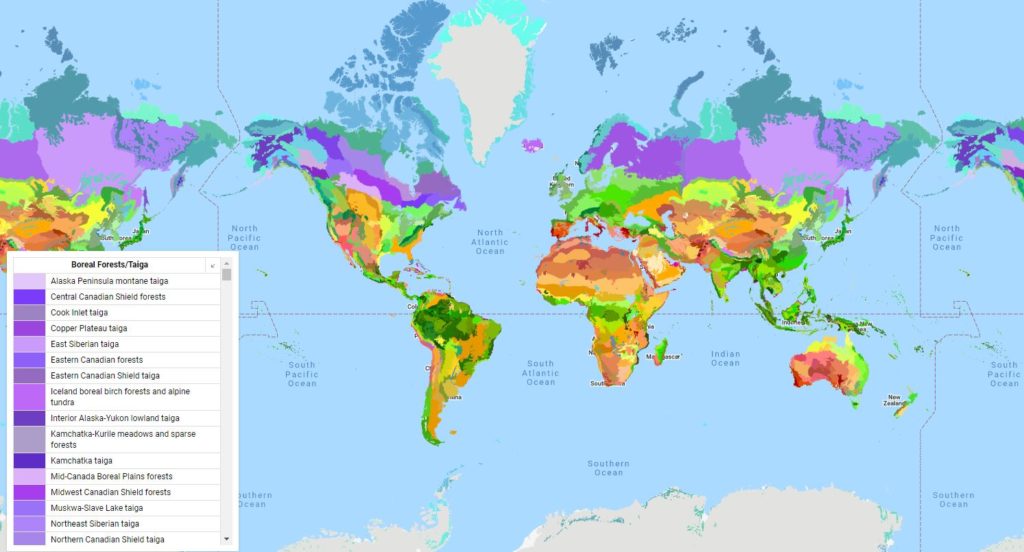Here are the actions you can take to increase social wealth in your eco-region.

June 15, 2035
TerraNews
In an announcement from the capitol rotunda, a cross-partisan team of Senate and House leaders released the latest terrametrics action plan (TAP-2035-03) with some surprising changes, especially for the Central Tallgrass Prairie, Great Basin Montane Forest, and Interior Plateau Hardwood Forests.
Kentucky Senator Charles Booker addressed the changes to the Kentucky hardwoods that followed from the peer-reviewed research performed by a NSF Science Technology Center dedicated to advanced terrametric measurements.
“The latest metrics are a great opportunity for the people of the State of Kentucky. I’ll be working closely with Governor Green to establish 100% employment programs that will see a great return of terrametric wealth to Kentuckians.”
New research lead by Michigan State University has demonstrated with a high degree of certainty that agricultural runoff from the section of the Ohio River located in the Kentucky overlay on the Plateau Hardwoods ecoregion has been contributing a disproportionately high levels of phosphorus and nitrogen. The variable for reduction in nitrogen and phosphorus runoff will reflect these consensus findings. Investments in and increased operation of anaerobic digesters, organic farming techniques, and other technologies and methods that show a measurable reduction in agricultural watershed pollution.
The changes in the Central Tallgrass Prairie ecoregion are a response to research out of MIT that provides deeper insight into negative feedback loops that exist within monocultural landscapes, like the vast fields of corn and soybean that cover great swaths of Iowa. House majority leader Schoenherr welcomed the opportunity to contribute to the social wealth through regenerative work in silviculture and biodiversification. The work will be most rewarding for those with experience in botany, nutrition, organic chemistry, farmwork, agricultural science, landscape architecture, logistics, ecology, and regional planning.

As for the Great Basin Mountain Forest, the ecoregion itself is in danger of disappearing. Today it is an archipelago of mountain peaks floating within the Great Basin Desert & Shrubland ecoregion, stretching from Provo to Carson City. As the average temperature of the Earth rises over the next century the desert and shrubland are threatening to push the forest to ever higher elevations until it the last native tall tree is gone from the basin. There is an aesthetic allegory to the threat faced by low-lying ocean nations from sea level rise.
In recognition of the threat to the Great Basin Mountain Forest ecoregion Nevada governor Lula Davis-Holmes announced that the National Investment Authority will provide a $500 million terrametric dividend to the team who is able to successfully enact a plan that will sustainably preserve a fully-functioning and diverse native habitat system of this unique ecoregion, making possible its survival until the climate effects of anthropogenic warming reverse to pre-industrial temperatures.
These are just three of the opportunities that have emerged from the 2035 Q3 values. To find opportunities in your ecoregion, go to nia.gov, where you’ll find the entire set of new terrametric indices and directories of eco-community organizations.